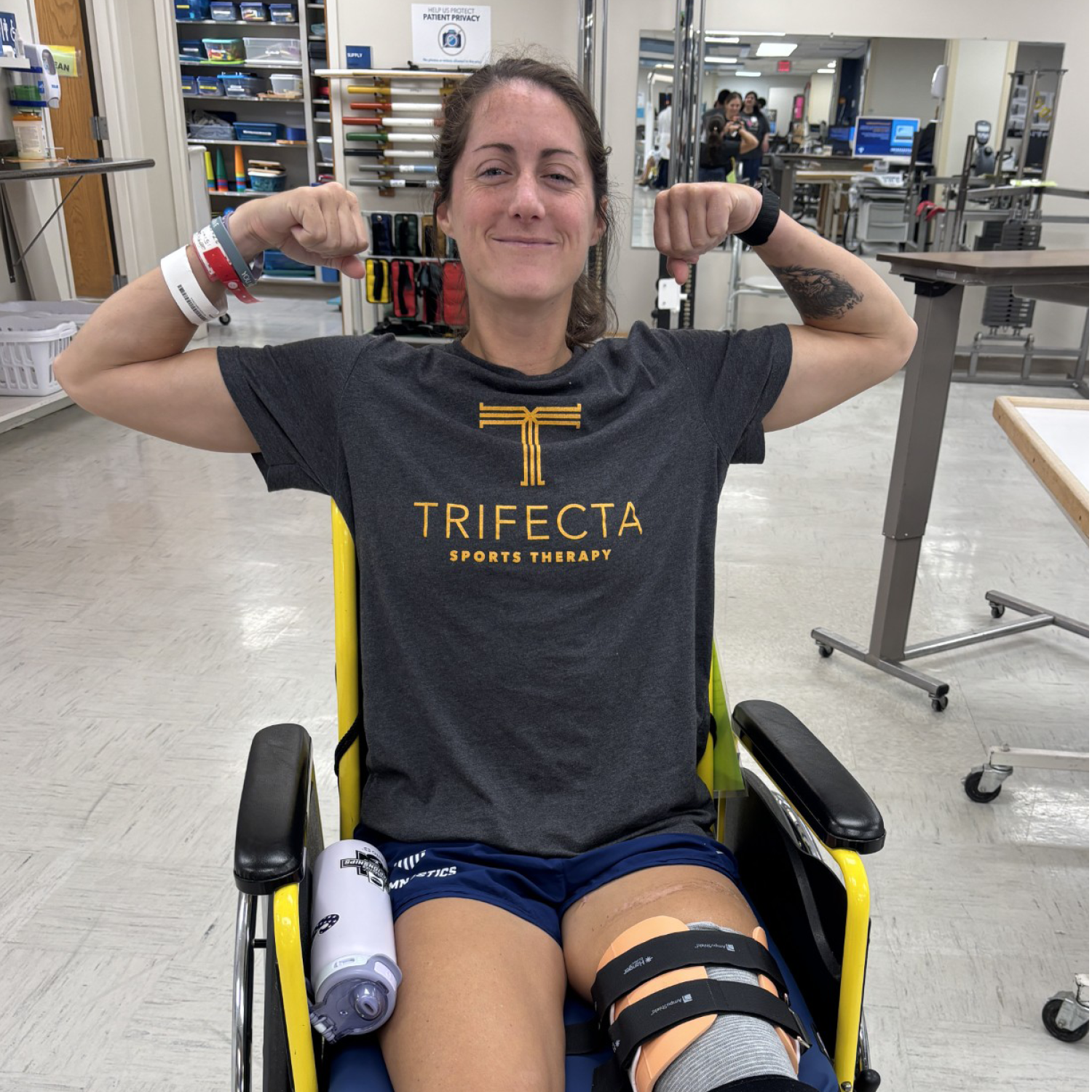Sockets, Liners, & Accessories
Proper socket design, liners, and accessories are part of getting the most out of your prosthesis.
Sockets
The socket is the portion of your prosthesis that wraps around your residual limb. The socket should always fit properly, empowering you to comfortably and confidently utilize your prosthesis. A well-fitting socket has many benefits, such as providing comfort, stability, and an appropriate distribution of weight bearing forces.
There are different socket designs for each amputation level, each tailored to the individual presentation of the user and taking into account how and where load bearing forces are distributed through your limb.
More About the Hanger Clinic ComfortFlex® Socket System >
Liners
Liners are placed directly over the skin, serving as a barrier for the residual limb and prosthetic socket.
The most common types of liners include:
- Thermoplastic Elastomer (TPE), or Gel Liners–The softest and most flexible types of liners, and are ideal for people with sensitive skin as well as new amputees
- Silicone Liners–Less flexible, but more durable, and are ideal for more active individuals who are not allergic to silicone
- Urethane Liners–The stiffest and least flexible, but offer a lot of durability and help distribute pressure most evenly. They are ideal for high-activity prosthetic users and pair well with active vacuum sockets
More About Hanger Clinic WintersGel™ Prosthetic Liners >
Suspension Options
In addition to variations in socket shape and design, there are variations in suspension, or how the socket is attached to your limb. Your prosthetist will work with you to determine the best design for you based on your individual needs and the location, shape, and condition of your residual limb.
- Locking Liner Suspension–A pin attached to the end of your liner locks your prosthesis in place using a shuttle lock positioned in the bottom of the socket. This lock mechanism must be released to remove the limb from the socket.
- Suction Suspension–A silicone sleeve worn over the outside of the prosthesis also rolls over your knee and lower thigh to create an airtight seal between the prosthesis and your limb. A one way valve allows air to be expelled from the system, creating suction inside the socket and holding it firmly to the residual limb.
- Active Vacuum Sockets–Similar to suction suspension, but with the addition of a vacuum pump within the socket that actively expels air from the system, creating an even stronger adherence to the residual limb by maintaining the vacuum effect.
Patient Stories
Accessories
If you’re experiencing fluctuations in the size of your residual limb, prosthetic socks can be added over your liner to ensure a snug fit with your socket.
Prosthetic socks come in different sizes, thicknesses (ply), and with or without holes for locking pins. Cool Blue Prosthetics Socks are a good option and can be easily ordered on Amazon.
Although prosthetic socks may help, it is always a good idea to communicate large or frequent fluctuations with your prosthetist.
The Cosmetics of a Prosthesis
Some people like to show off their prosthesis, while others prefer it to blend in. That’s where cosmesis, the art of making a prosthetic limb appear lifelike, comes in.
Some devices are designed with cosmetic materials, while others include a removable covering to mimic skin tones. Cosmetic covers might include a glove that fits on a prosthetic hand or flesh-colored stockings that slip over a prosthetic leg, and are traditionally made of vinyl.
Cosmetic devices and coverings are often made of urethanes and silicones, shaped based on an individual’s sound limb so that the proportions are exactly the same. With airbrushing and other techniques, the cosmetic device or cover can reflect subtle variations in color, especially around joints or on the palm of a hand. Details such as veins, freckles, hairs, acrylic nails, and even tattoos are now routinely included as part of cosmesis. Additionally, there are many prosthetic cover options with unique designs for those that prefer to enhance their prosthetic limbs with a design that reflects their personality and style.
Skincare for Residual Limbs
Proper skincare for your residual limb is an important supplemental care routine to help ensure success as a prosthetic user. Regular cleansing, moisturizing, and conditioning help keep your skin healthy, so you can regularly use your prosthesis and stay mobile. These skincare products are a good place to start.
Request a Free Evaluation
If you have questions or are ready to talk about prosthetic options, schedule a consultation at a clinic near you.

Latest Updates
Subscribe to stay up-to-date on our latest posts.





